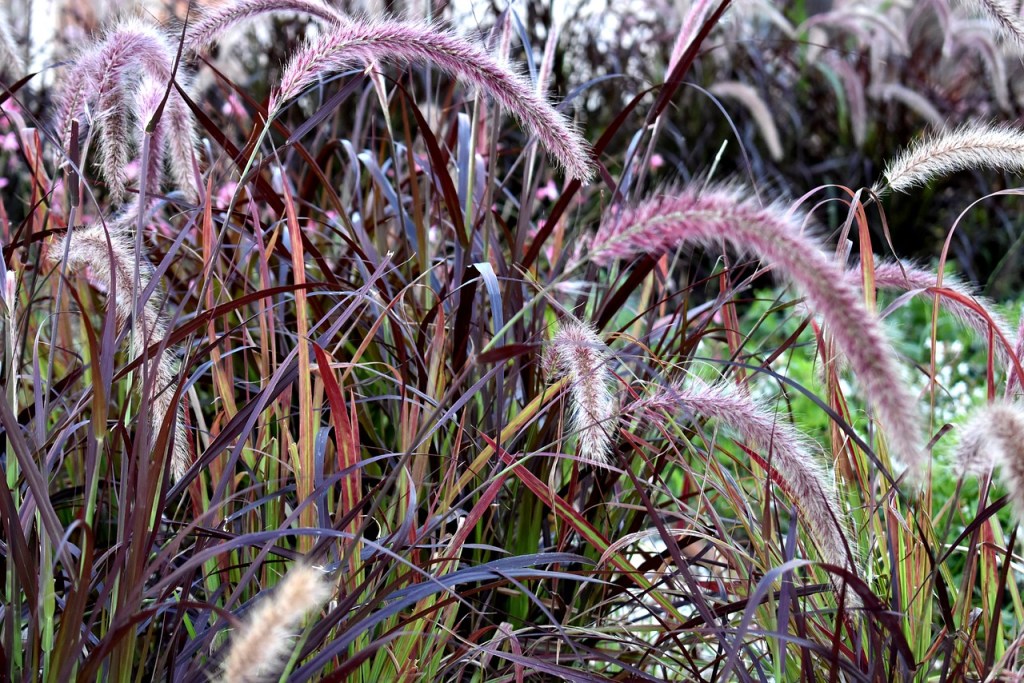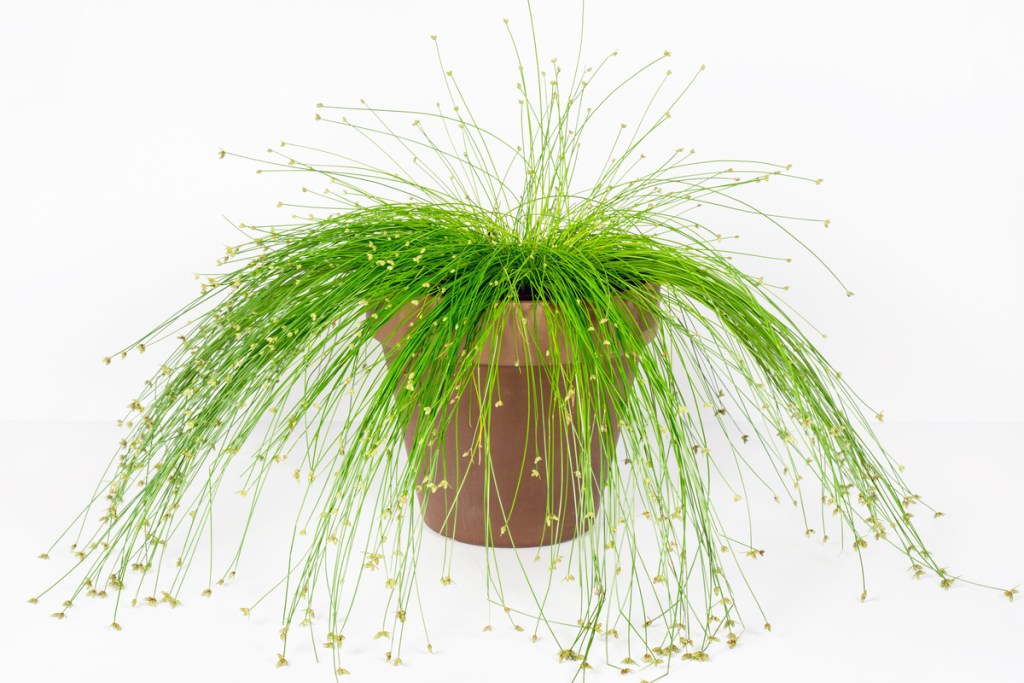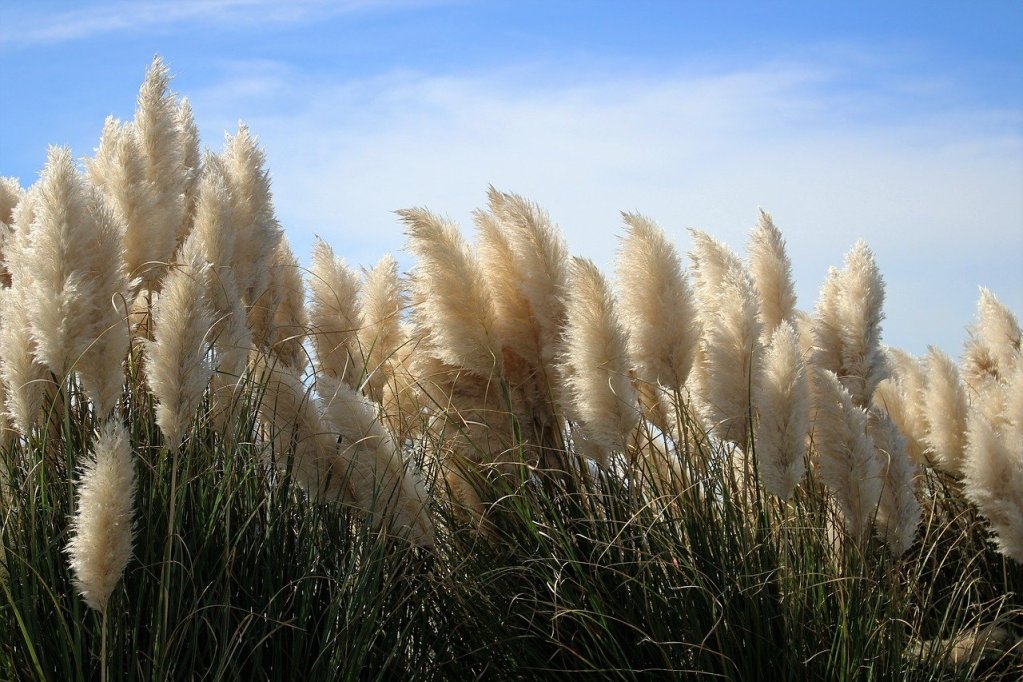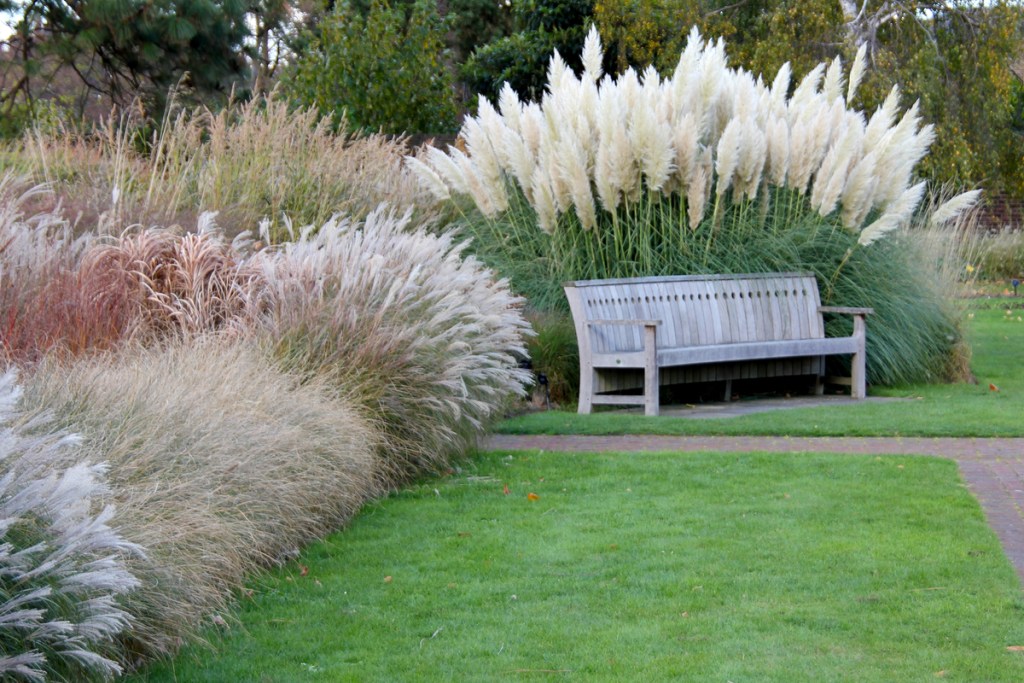Although there are countless varieties of grass, so many of them look the same. Dark green, light green, all more or less the same shape — it might seem like there’s no hope for having a yard or garden border that really stands out. That’s where ornamental grasses come in. So what are ornamental grasses and how can you pick the variety that best suits your yard and needs? We’ll cover all that and more in this handy guide to ornamental grasses for your autumn garden.
What makes a grass ornamental?
You may think that all grass is ornamental. After all, we grow lawns because they look nice, not because we use them for food. You wouldn’t be entirely wrong in thinking that. Ornamental grass is still grass; it’s just grass that looks different. However, ornamental grass includes more than just grass. It also includes grass-like plants like sedge.
Ornamental grasses come in a range of appearances besides the classic short, green look of lawn grasses. Often, ornamental grasses are tall, with some growing to 15 feet tall or more. Many are colorful and patterned, and they may have an interesting flower or seed head. Since there are so many arieties, there are ornamental grasses that will fit almost any garden or yard. Ornamental grasses are typically used as borders, but some can make great additions to container gardens or flower gardens.

Purple fountain grass
This ornamental grass is a favorite of many gardeners, and it’s easy to see why. It has lovely dark purple or burgundy leaves and tall, feathery flowers that resemble a cat’s tail. Purple fountain grass is a tender perennial, meaning it’s a perennial in mild climates and an annual in colder ones.
If you live in a colder climate but still want to grow purple fountain grass, you may be able to keep it alive through winter if you protect it from the cold, whether with mulch and windbreaks or by growing it in a container. Purple fountain grass doesn’t require much attention. A sunny spot with some well-draining soil and plenty of room to grow is all this grass needs. It can grow up to 4 feet tall and wide, so be sure to space your plants out.
Little bluestem
Little bluestem is a native grass of the American prairies and requires shockingly little care. During spring, it lives up to its name; its foliage is a lovely shade of blue with hints of green and occasionally purple. In fall, the grass turns bronze before fading to tan in winter. Little bluestem blooms in late summer by growing tall flower stalks with small blue or purple flowers that become tiny, fluffy, white seed heads. This grass is tolerant of most conditions and soil types, mostly due to its strong, extra long roots. The only conditions that cause little bluestem any problems are excessive shade and standing water.

Fiber optic grass
Although it’s referred to as an ornamental grass, fiber optic grass is actually a type of sedge. One glance at this grass and you’ll understand why it’s called fiber optic grass or live wire grass. It has thin, bright green leaves that end in silver or white flowers. This ornamental grass makes an excellent container plant or centerpiece due to its shape and color. Fiber optic grass enjoys moist areas, making it ideal for parts of your garden that may be too wet for other plants. However, it’s toxic to people and pets and can be a skin irritant, so take care when handling it.

Dwarf pampas grass
Both dwarf pampas grass and the full-sized varieties would make stunning additions to any garden, but the dwarf version is a better option for borders and accents. This grass has long, whip-thin leaves and tall stalks ending in incredibly fluffy white flowers. It requires full sun but is fairly drought tolerant. Additionally, you don’t need to worry about deer or rabbits snacking on your pampas grass. Dwarf pampas grass can grow to between 5 and 6 feet tall, while the full-sized varieties get closer to 10 feet tall, so be sure to give them plenty of room.
These four ornamental grasses are some of our favorites. Any one of them would be a great choice to accent your garden. Dwarf pampas grass, little bluestem, fiber optic grass, and purple fountain grass are excellent places to start, but there’s a wide world of ornamental grass for you to explore! No matter which variety you choose, ornamental grass can provide a burst of color and texture to any garden.
Editors' Recommendations
- Plant these stunning flowering shrubs for a showstopping garden display this spring
- 3 incredible reasons why you should be using coffee grounds in your garden
- Have a gross mealybug infestation on your plants? Try one of these remedies
- These plants should be among the first you plant this year
- Unique and whimsical flowers to add to your collection for a fairy-tale garden landscape this spring






